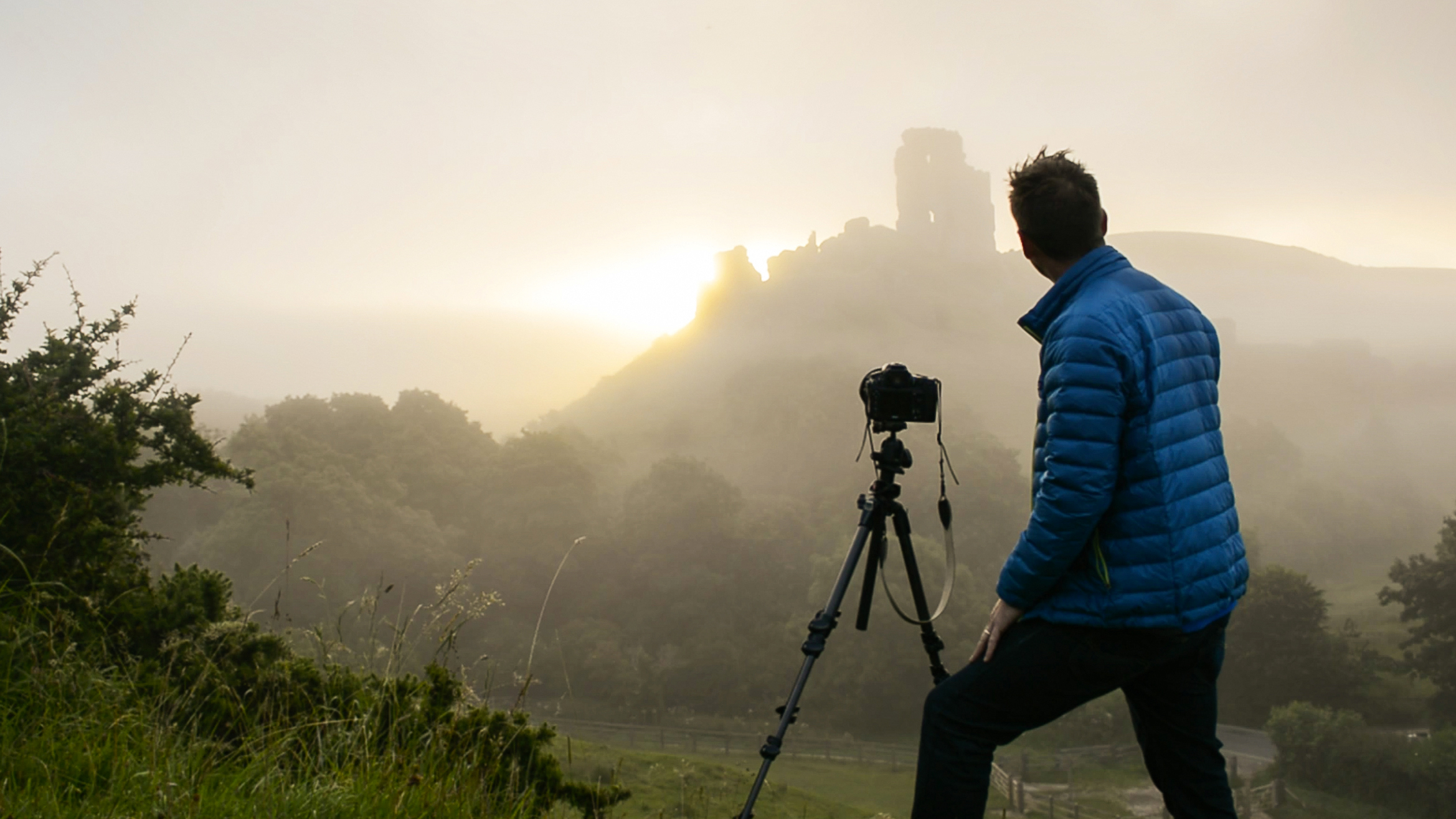
Common photography problems can really take the enjoyment out of taking pictures. As one of the more technical pastimes you can pursue, it can be pretty confusing at times.
Whether you're just starting out or have been taking pictures for a while, chances are you keep encountering the same nagging problem. Don't worry though - you're not alone and this is where we come in.
We've put together some of the most common photography problems you encounter and offered solutions to get round them, so you never have to be in doubt ever again!
We've offered a mix of camera tips, explanations, definitions and more to help answer your questions. And we've also provided links, where appropriate, to some of our photography tutorials covering these problems in more depth.
Problem No. 1: Will changing lenses mean I end up with dust on the camera sensor?
So much has been said about 'dust bunnies' (small particles of dust that can land on your camera's sensor and cause dots in images) that many DSLR and mirrorless photographers seem paranoid about changing lenses. Yet being able to use the best lens for any particular shot is one of the best attractions to DSLR and mirrorless photography.
Don't be afraid to change lenses when you need to, but take a few precautions. Always switch the camera off, as this removes any static charge from the sensor that can attract dust particles. Where possible, choose a dust-free, non-windy location when changing lenses too. If that's not possible, at least shield yourself from the wind.
Next, get the replacement lens ready to fit so that you don't have to waste time with the camera internals exposed. Finally, keep the camera's lens opening pointing downwards when changing lenses, to minimise the risk of anything falling into it.
Get daily insight, inspiration and deals in your inbox
Sign up for breaking news, reviews, opinion, top tech deals, and more.
Problem No. 2: Should I use a skylight filter on my lens?
Skylight filters have two jobs. One is to reduce the cool, slightly blue color cast that you might see in some of your shots, especially those taken in shade under a blue sky. With the sophisticated white balance abilities of today's cameras, this is less critical than it was when photographers were using film (especially slide film).
However, skylight filters play a second role, protecting the front element of the lens from accidental scratches and splashes. If your camera resides permanently in an orderly studio, this might not be an issue, but if you do most of your photography in the great outdoors, it certainly will be. Replacing a filter is a lot cheaper than writing off a lens!
- Learn more: 5 essential photography filters
Problem No. 3: Should I Delete All or Format to remove pictures from a memory card?

Formatting the card is quicker, so is nearly always the better option. However, if images are 'Protected' during playback, they won't be erased when you press Delete All but will be wiped if you format the card. You can flag photos as 'Protected' by pressing the appropriate button.
Problem No. 4: Should I use Continuous or Auto Reset for file numbering?
We tend to stick with the Continuous file numbering option because, even after removing a memory card, copying the files and then formatting it, the numbering system will carry on from where it left off. This is also true when swapping memory cards. The advantage is that, even over long periods, all of your camera's image files will have unique file names.
Problem No. 5: What's the difference between raw and JPEG image quality settings?

Put simply, it's best to think of JPEGs as high-street prints and raw files as negatives. You camera's already applied an number of adjustments to a JPEG file, as well as compressing it at the same time.
A raw file lets you make all those creative choices, allowing you to control exposure, white balance, color mode, saturation, contrast, sharpening, as well as a host of other settings. It's more time consuming, and you'll need to use a raw converter like Photoshop Lightroom, but the results are worth it.
- Learn more: The A to Z of Photography: Raw
Problem No. 6: Should I use sRGB or Adobe RGB?
The Adobe RGB color space was developed to enable the largest gamut when printing an RGB image on a CMYK printer. The sRGB colour space ('s' stands for standard) is best for viewing images on a screen or distributing them electronically. It's also the best option for inkjet printing, even if you're sending your files to a printing lab.
Problem No. 7: Many of my indoor photos have a nasty yellow cast. Am I doing something wrong?

The likely cause of this is an inaccurate white balance. The Auto White Balance setting of DSLRs typically does a good job of reacting to varying daylight conditions, such as bright sunshine, cloudy skies or shade, but the color temperature of indoor lighting generally falls outside of the range covered. The usual result is that interiors lit by general-purpose lights have a nasty yellow color cast.
The quickest remedy is to change your camera's white balance setting from Auto to Tungsten (also called Incandescent on some cameras) if you're shooting under standard interior lights, or the Fluorescent setting for strip lighting.
Things get trickier when you have a mix of lighting - when daylight is streaming in through a window and you've got interior room lights switched on as well, for example. If you have time, you might want to experiment with your white balance settings, but our recommendation would be to shoot in raw. As we've mentioned above, unlike JPEG files, it's easy to change the color temperature of raw files at the editing stage.
- Learn more: The A to Z of Photography: Kelvin
Problem No. 8: I took some sunset photos, but they don't look very colorful. Why is this?
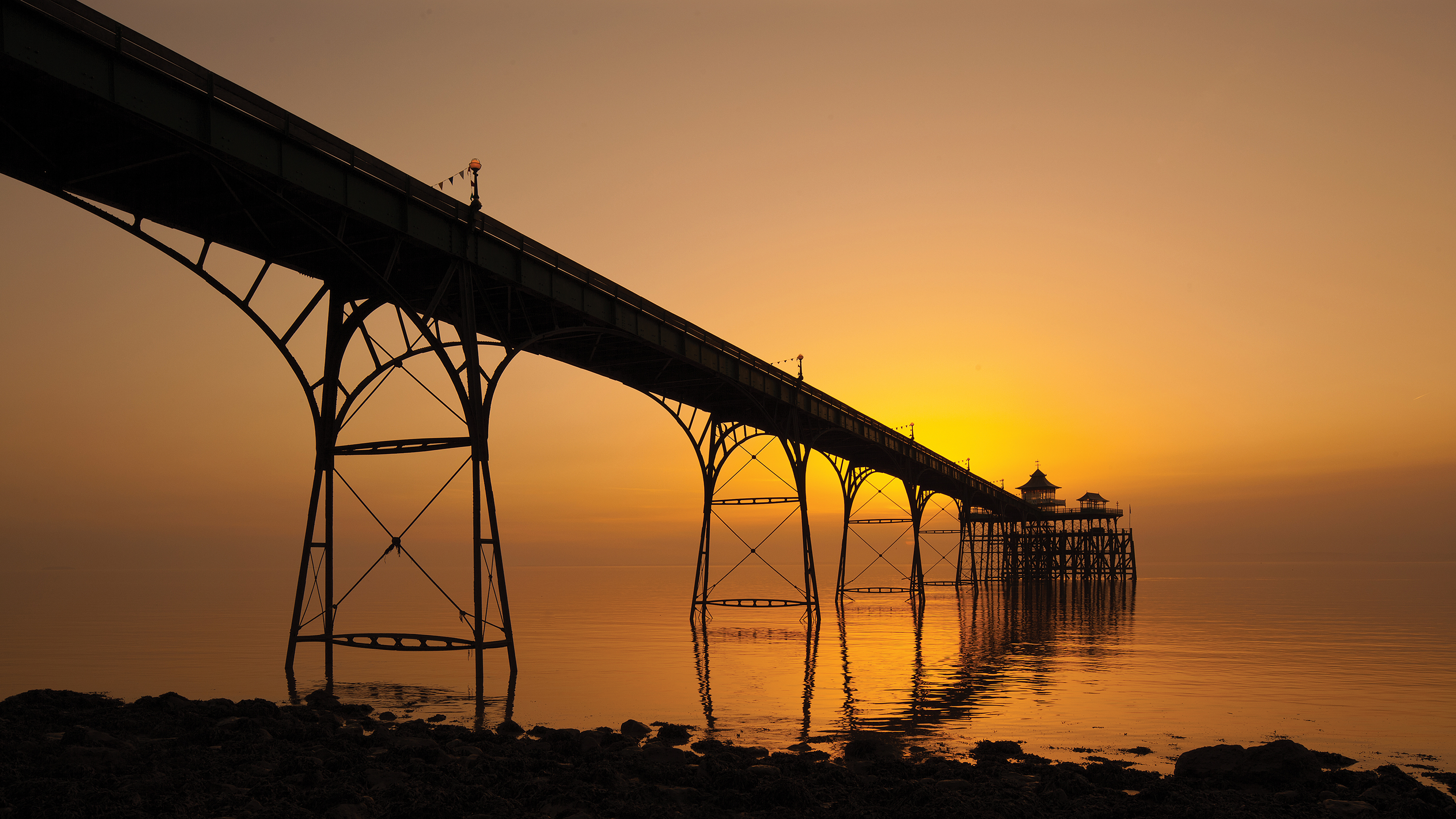
The problem is that the auto white balance of digital cameras will typically try to cancel out any shift in color temperature, with the aim of producing results that are more neutral. As a result, the AWB setting can leech all the orange light out of sunset and sunrise shots, giving rise to insipid, neutral images as a result.
The solution is to switch to a preset white balance mode. The regular Daylight or Sunlight setting will often yield fairly accurate results, but the best way to emphasise the golden quality of low-level sunlight is to change to the Cloudy white balance setting. Moving to the Shade setting will further exaggerate orange hues.
- Learn more: The best camera settings for sunset photography
Problem No. 9: Why are some of the ISO ratings on my camera unavailable as standard settings?
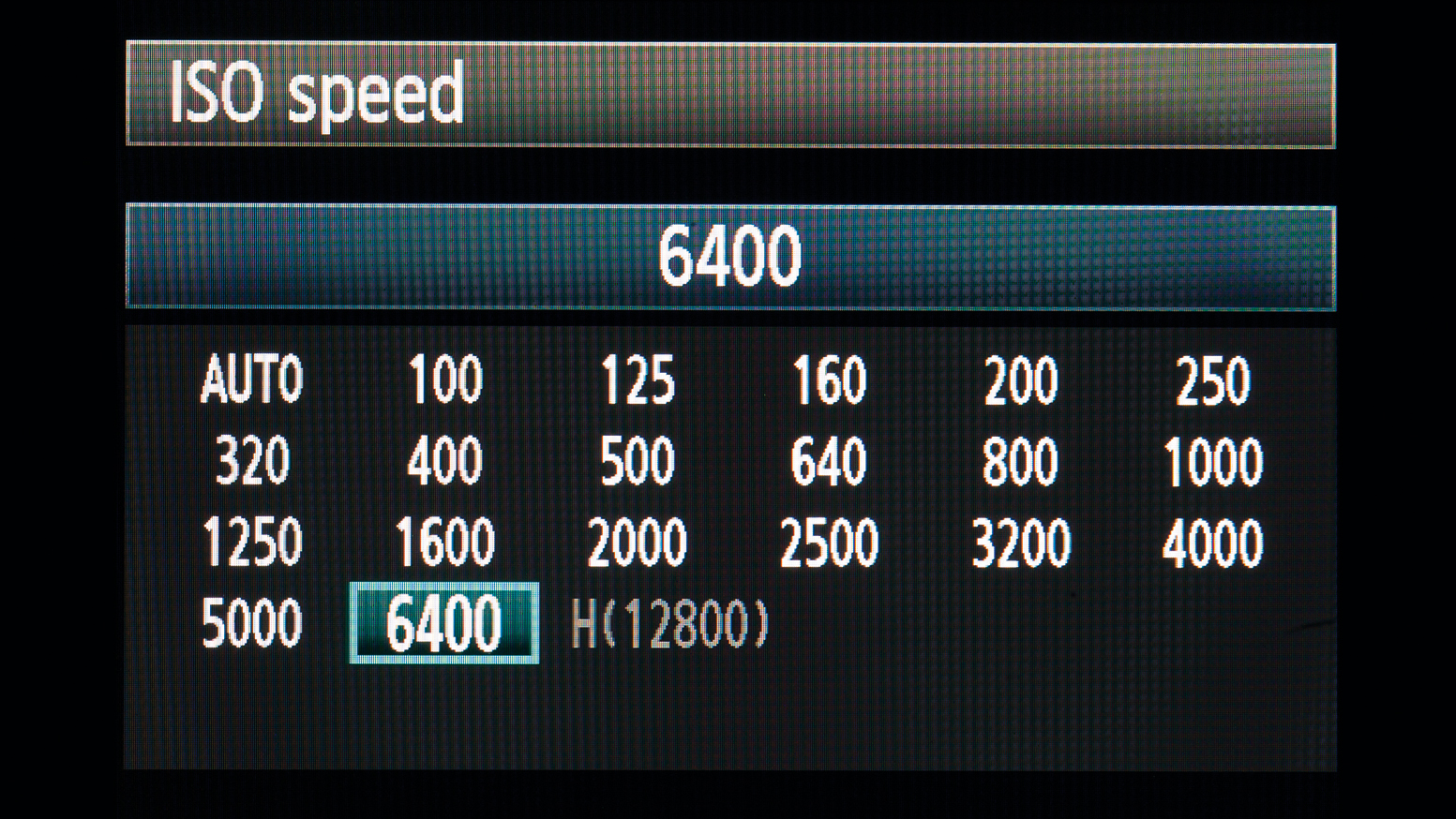
Many cameras split their total sensitivity range into standard and 'extended' ISO sections.
This means cameras deliver optimum image quality in their standard ISO range, with maximum detail and the least amount of digital image noise at their base ISO settings - usually either ISO100 or ISO200.
At the extended range, even more 'gain' is applied (think of it like turning the volume up on a Hi-Fi, so system noise becomes more apparent) than in the standard ISO range, which results in more digital grain.
This does give you some flexibility in poor lighting conditions, but be prepared for image quality to be noticeable poorer than if you were shooting in your camera's standard range.
At the other end of the scale, low ISO settings that are one stop below the base sensitivity of the camera are sometimes available. These are handy if you want to use a large aperture to minimise depth of field, or create motion blur with a slow shutter speed.
The trade-off is that you'll typically lose about one stop of dynamic range in the highlights, so they'll wash out to white more readily.
Problem No. 10: I've used the smallest aperture on my lens to get everything sharp, but the picture looks soft - have I done something wrong?
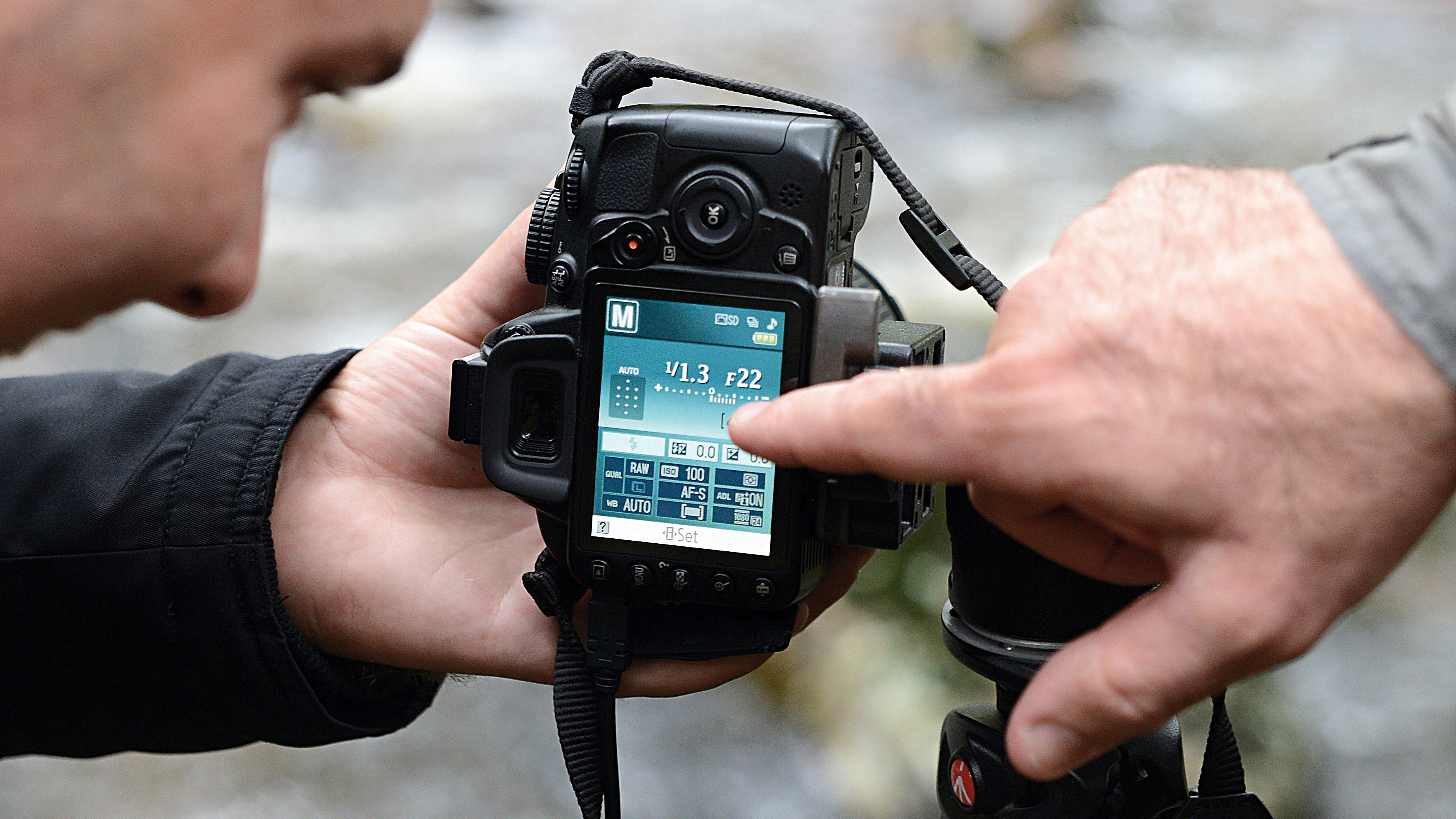
Most lenses have a minimum aperture of f/22, although some (such as macro lenses) offer an even smaller setting of, say, f/32. But why is the minimum aperture of a lens rarely listed alongside the focal length of a lens, as its maximum aperture is?
This is because the smallest aperture is rarely recommended to be used, as this setting leads to softer, lower contrast images caused by an optical phenomenon known as diffraction.
Diffraction occurs when light waves entering the lens are 'bent' by the hard edges of the aperture. Every aperture setting causes this, but the bending is generally minimal. However, as the apertures gets smaller, the effect becomes more significant.
At the smallest aperture, the light waves are bent and spread out so much by the aperture blades that the image appears fuzzy, even though it's been focussed correctly.
So, while a lens's smallest aperture might enable you to maximise the depth of field when you're photographing landscapes, the resolution will deteriorate. Try opening up a half or one full stop instead to improve picture quality.
Problem No. 11: My zoom lens says it's 'macro' but I can't get anywhere near as close to subjects as I can with my compact camera. What's going on?
True macro lenses have a reproduction ratio of 1:1, which means they can image a subject the same size as the camera's sensor; on most DSLR and mirrorless cameras, this is about 24 x 16mm. Many 'macro' zooms boast ratios nearer 1:4, so the smallest possible subject is about credit-card size.
It's true that many compact cameras do allow close focusing, but they only do so with the lens at its wide-angle setting. So the smallest subject they can capture isn't as small as you might think. It can also be hard to get enough light on the subject, which ends up in the camera's shadow. A slightly longer working distance is much more practical.
Problem No. 12: Some of my shots are blurred, particularly at longer zoom settings. How do I avoid it?

Camera shake is something that becomes more problematic with longer focal lengths. The easiest way to avoid it is to use faster shutter speeds, even if this requires increasing your camera's sensitivity (ISO) setting.
A general rule of thumb is that the shutter speed should be faster than the focal length you're shooting at, so for instance, if you're shooting with a 200mm equivalent lens, you shouldn't shoot any slower than 1/250 sec or you risk camera shake ruining your shot.
Image stabilisation can also be a big help in reducing camera shake. With a 4-stop stabilizer you can expect consistently good handheld results when using a 400mm lens even when reducing the shutter speed from 1/500 sec to 1/30 sec.
- Learn more: 10 reasons why your photos are blurry
Problem No. 13: Which autofocus mode should I use?
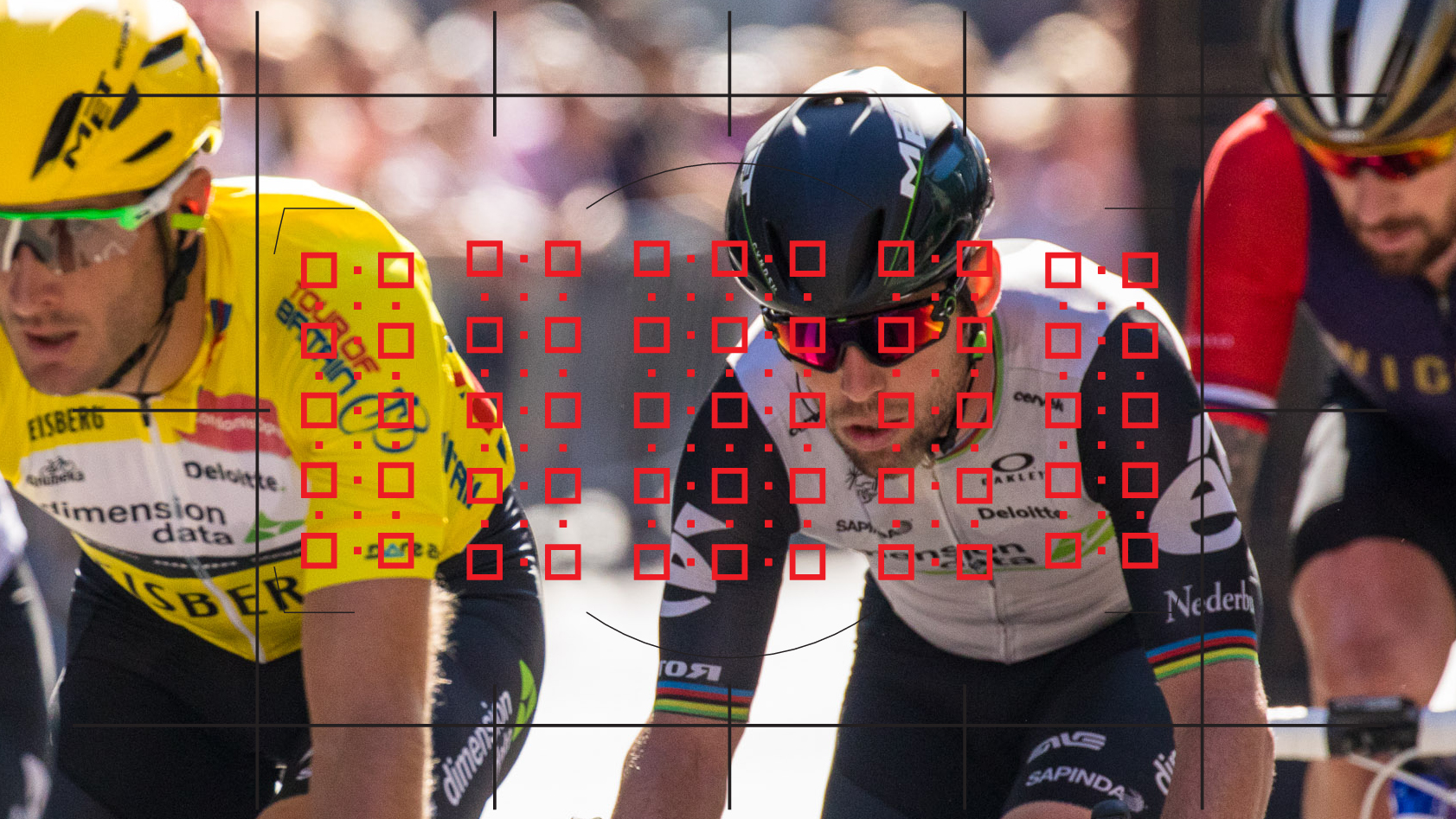
Most cameras featurre two basic autofocus (AF) modes: Single and Continuous (though Canon helpfully calls them One-shot and AI-Servo).
For general shooting, single mode works best because autofocus locks onto its target when you apply a light press to the shutter release button and remains fixed while you maintain the light press, until fully pressing the button to take your shot.
Continuous autofocus mode is better for moving targets, because focus continually tracks subjects, though how successful that will be is dependent on the sophistication of your camera's AF system.
- Learn more: 10 surefire ways to get your sharpest-ever shots
Problem No. 14: I find manual focusing quite difficult. Is there a way of getting more precise results?
If you're using a DSLR, try and avoid using the optical viewfinder, and instead use the camera's rear display to frame shots and focus manually. You'll find most cameras feature magnification options for really precise focusing.
Some cameras also feature a Focus Peaking, with areas in-focus highlighted on the camera's display (or electronic viewfinder).
- Learn more: Discover how to master manual focus
Problem No. 15: If my photos are coming out too light or too dark, how do I fix them?
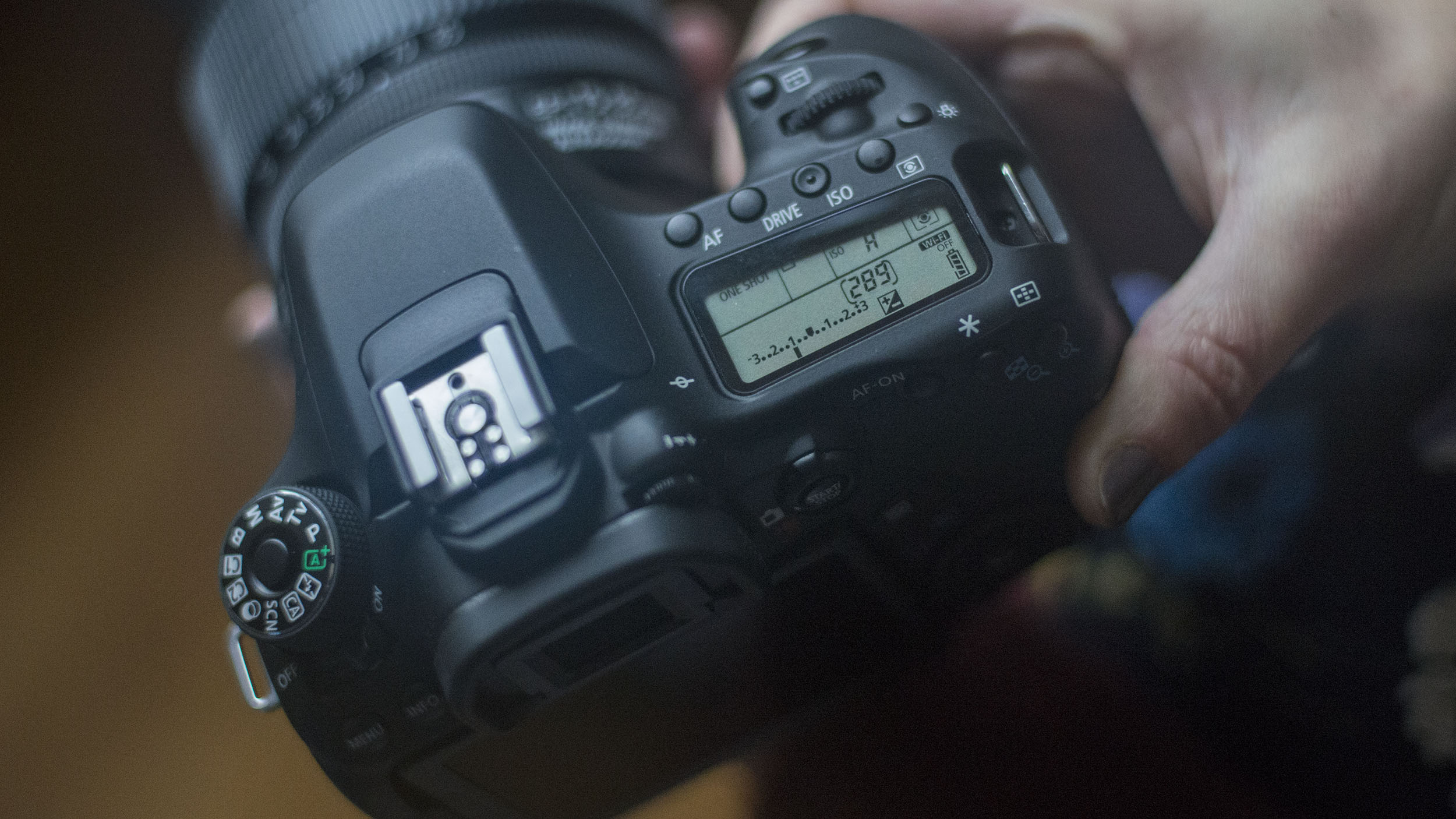
This is where the exposure compensation function of your camera comes in. By pressing the button marked '+/-' and rotating your camera's control dial, you can correct the meter's interpretation of the scene.
Your camera's exposure level scale, measured in stops, is visible in the viewfinder and LCD screen(s), and this is your visual guide to getting it right. The marker in the middle of the scale represents the 'correct' exposure, according to the exposure meter. As you rotate the dial, you'll see an indicator mark move up and down the scale.
When it moves towards the '+' end of the scale, you're making the image brighter; turn the dial in the other direction and the marker moves towards the '-' end of the scale, making the picture darker.
If you're using an optical viewfinder, you won't see this change happening to the image as you do this, but the effects of exposure compensation are simulated in live view and electronic viewfinders (EVFs).
Of course, the amount of compensation you may need to apply depends on various factors, such as the tone of the subject, the lighting and the type of metering being used.
- Learn more: The A to Z of Photography: Exposure compensation
Problem No. 16: In many of my landscape shots, either the ground is too dark or the sky is too bright. What am I doing wrong?
Pale skies are usually much brighter than the land, so if the ground is correctly exposed the sky will wash out. This is because the dynamic range (the range of light intensities from the darkest shadows to the brightest highlights) of the scene is wider than what the sensor can capture in a single shot.
The simplest solution is to use a neutral density (ND) graduated filter to balance the exposure - you can read our guide below, otherwise, shoot in raw and it can be possible to recover lost detail in the sky. Try and under-expose the scene slightly to retain highlight detail.
- Buying guide: Best ND grad filters: 6 top models tested
Problem No. 17: I've often seen examples of these long exposure landscapes, but I can never seem to get a sufficiently slow shutter speed. Can you help?
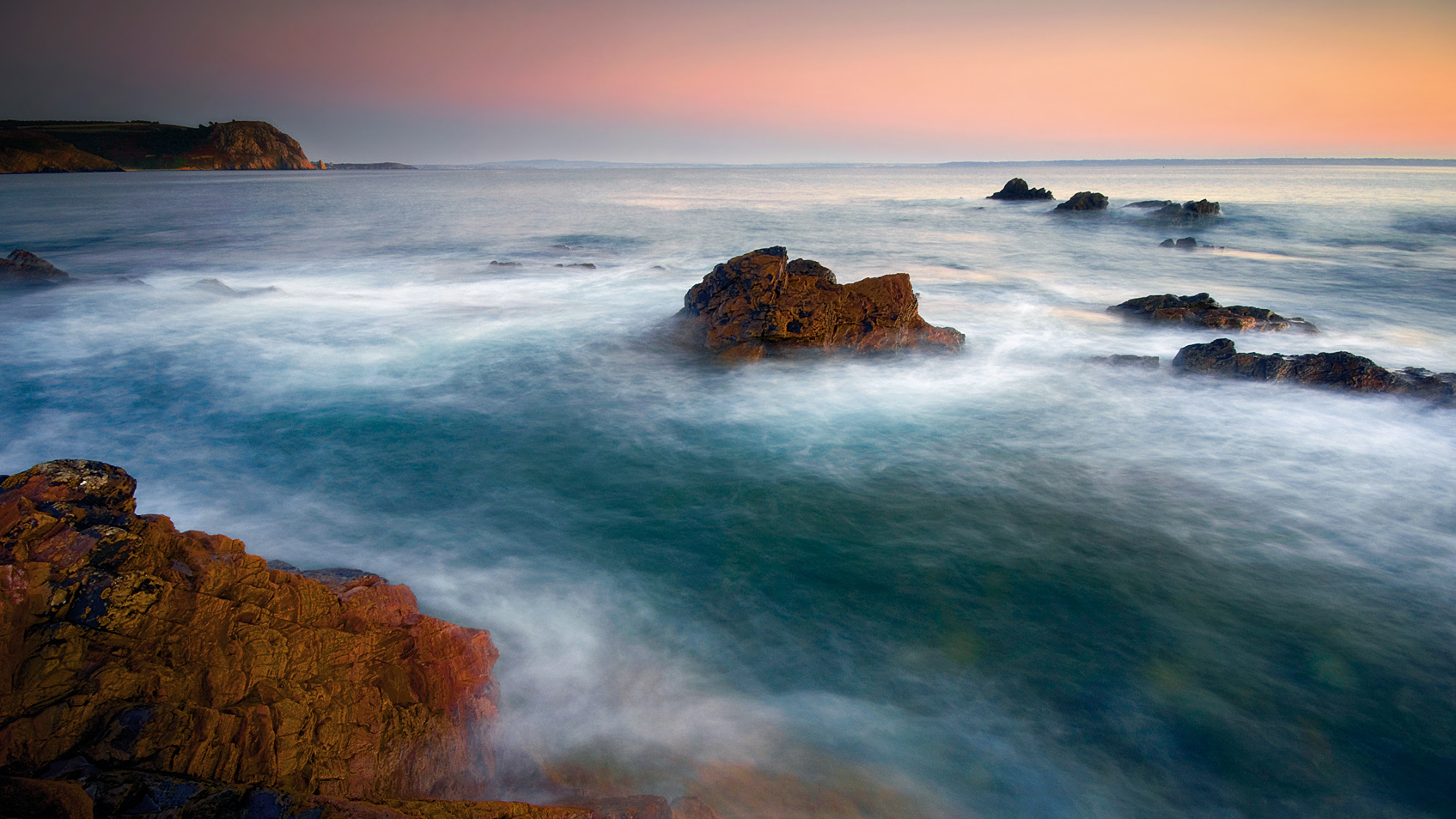
For slow shutter speeds in daylight, you'll need to use a narrow aperture of around f/16 or f/22, but even at ISO100, this may be insufficient to enable a long exposure. The trick is to use a neutral density filter. These vary in strength, but can turn a exposure that would last less than a second into one taking longer than 30 seconds.
- Buying guide: Best ND filters: 6 top models tested
Problem No. 18: When I playback images on my camera's LCD screen, parts of them are flashing - is that a fault?
This is simply a 'highlight alert' feature that is usually activated or deactivated via the camera's playback menu. With it switched on, areas of the picture that are (or are close to being) overexposed will flash or blink between black and white.
This warning enables you to instantly see, for example, if you've lost all the detail out of the sky or other very light areas in an image. It's very useful when you're trying to retain highlight detail, as you can dial in some underexposure compensation and re-shoot.
Problem No. 19: Why do my flash shots keep coming out dark?
The most likely explanation is that you're trying to shoot subjects that are too far away. Flash has a limited range, and built-in units are weaker than external flashguns.
Problem No. 20: How can I get better looking portraits on sunny days?
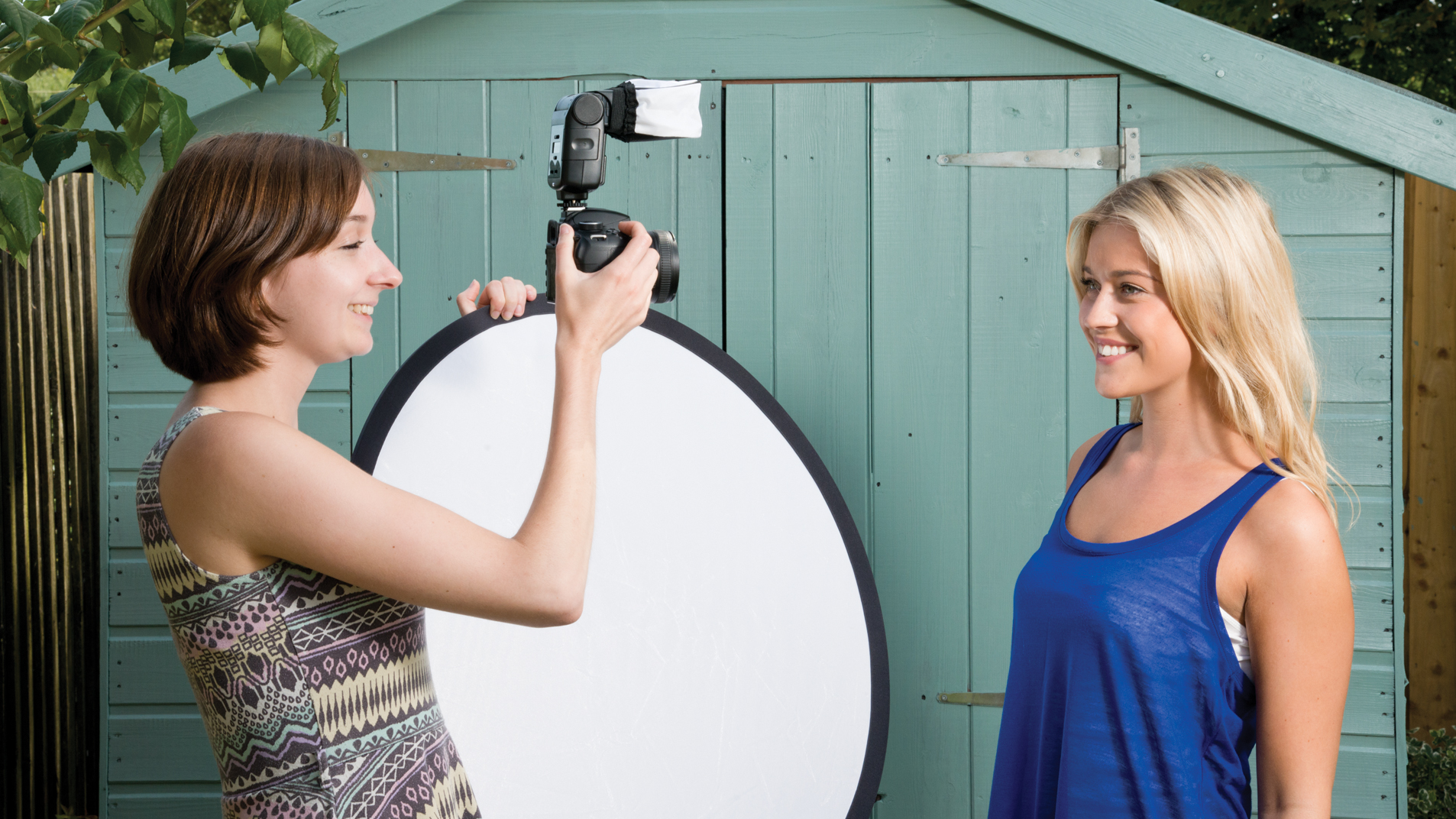
Sunshine is the enemy of portraiture, as it creates a hard and unflattering light. When the sun is low in the sky, people will squint, and when it's overhead, there will be deep shadows that turn their eyes into black holes.
The answer is to get your subject to turn away from the sun, so they can pose naturally, and to use fill-flash to banish shadows. When using a flashgun with TTL (Through The Lens) metering, most cameras will do a decent job of balancing flash light with ambient light, giving fairly natural results.
Use the camera's metering system as a guide, but don't exceed the maximum shutter speed for flash synchronisation - the flash sync - typically around 1/200 sec. The TTL flash exposure system should enable the right amount of illumination for fill-flash, but be prepared to dial-in some positive or negative flash exposure compensation. For ultimate control, switch to manual power settings on the flashgun and adjust the power for the best balance.
Another good option for natural-looking fill flash is to use the flashgun off-camera, holding it high and to one side of the subject, using an extension cord or wireless connection.
Problem No. 21: When I take photographs of buildings, walls and roofs appear to bow outwards. What am I doing wrong?
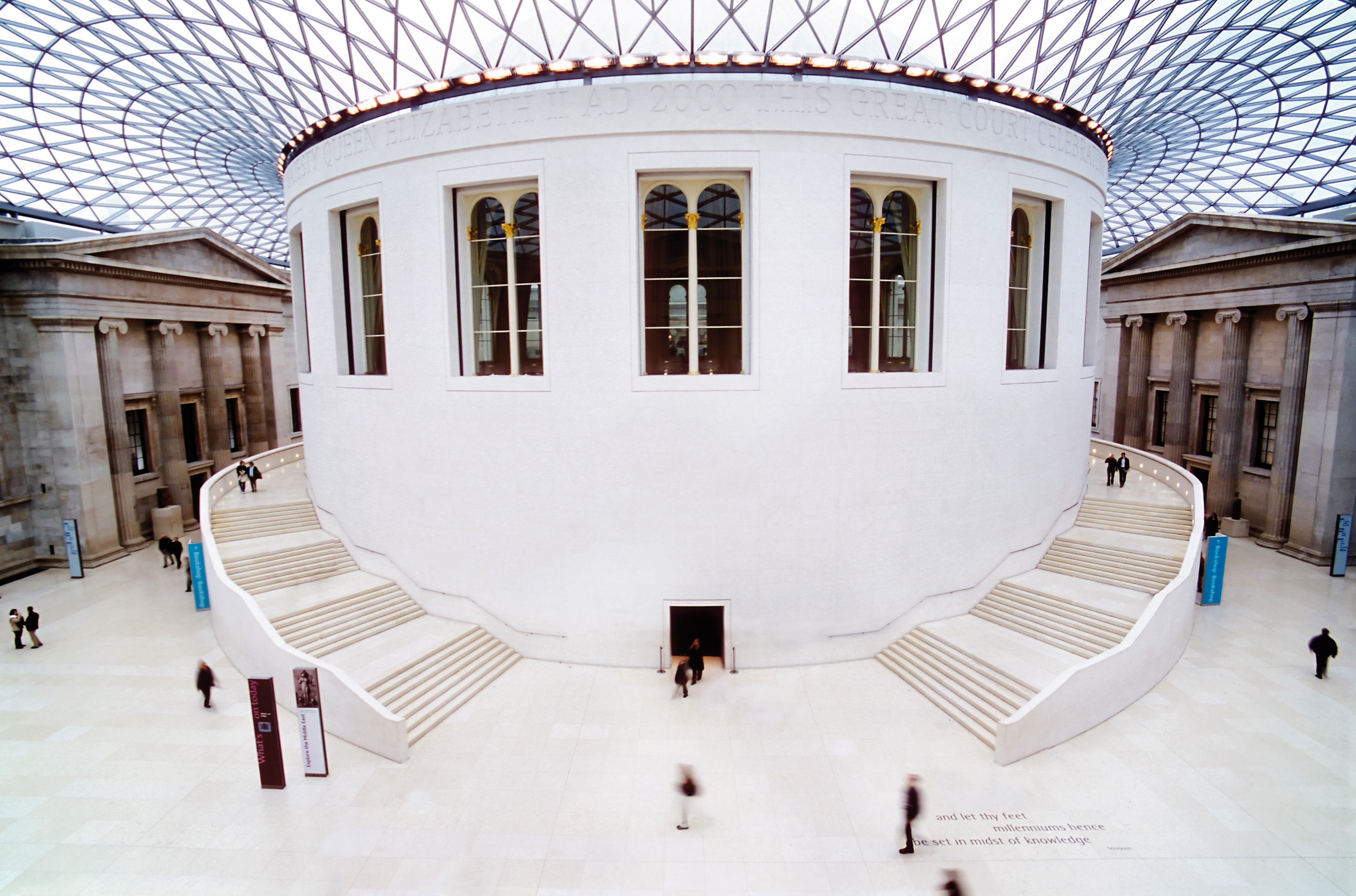
This is most likely caused by photographing these buildings from a fairly close distance, using a wide-angle zoom setting. Wide-angle focal lengths can result in noticeable barrel distortion, making the top, bottom and sides of the building appear to bow outwards.
You'll also need to point the camera upwards, which accentuates perspective and makes the sides appear to lean in towards each other towards the top. The solution is to keep your distance so you can use a moderate zoom setting of around 35mm (50mm on a full-frame camera).
For photographing tall buildings, it's ideal if you can find a vantage point that's higher than ground level - such as another building. You could apply perspective correction when editing, but you'll lose part of the frame, so leave plenty of space around the building when shooting.
Problem No. 22: In all of my panning shots the background is too sharp or everything's blurred. Can you give me any tips?
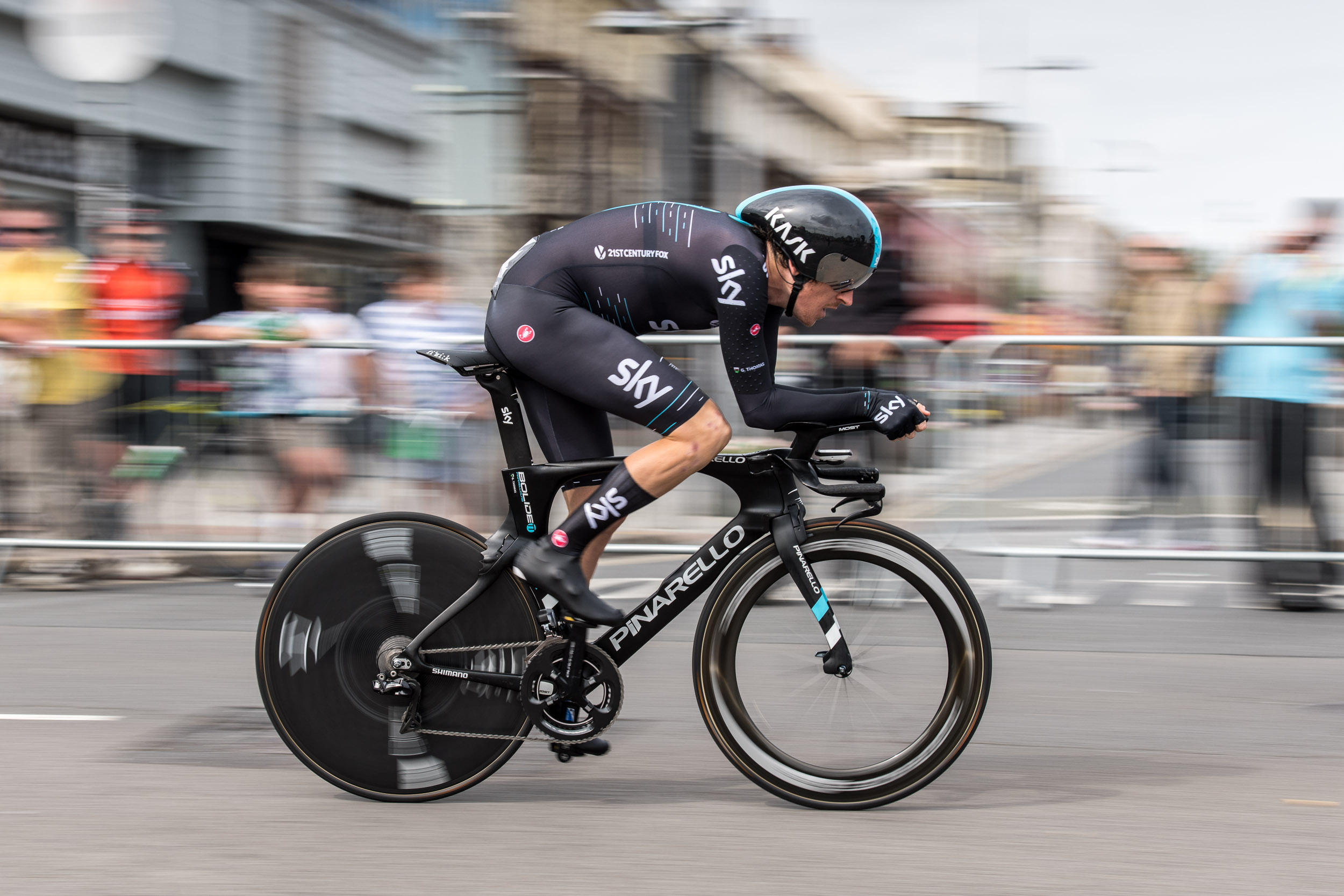
It's difficult to find a shutter speed that's slow enough to create motion blur in the background but fast enough to stop unwanted camera shake blurring the car or bike that you're shooting.
Bear in mind that you'd normally aim for a shutter speed of about 1/500 sec to avoid camera shake when using a 300mm lens.
To create attractive motion blur in the background, you need a much slower shutter speed of about 1/60 to 1/125 sec, so developing an effective panning technique is a must. To get panning right, place your feet comfortably far apart, so that when you're facing forwards you're aiming at the position the vehicle will be in when you shoot it.
As the subject passes, swivel from your hips rather than your upper body as smoothly as possible, and gently squeeze the shutter button rather than stabbing at it. Continue the panning movement for as long as possible, even after you've taken the shot.
It does take a look of trail and error, so don't give up if it doesn't work first time out.
- Learn more: 9 tips for taking sports photos like a pro
Phil Hall is an experienced writer and editor having worked on some of the largest photography magazines in the UK, and now edit the photography channel of TechRadar, the UK's biggest tech website and one of the largest in the world. He has also worked on numerous commercial projects, including working with manufacturers like Nikon and Fujifilm on bespoke printed and online camera guides, as well as writing technique blogs and copy for the John Lewis Technology guide.
